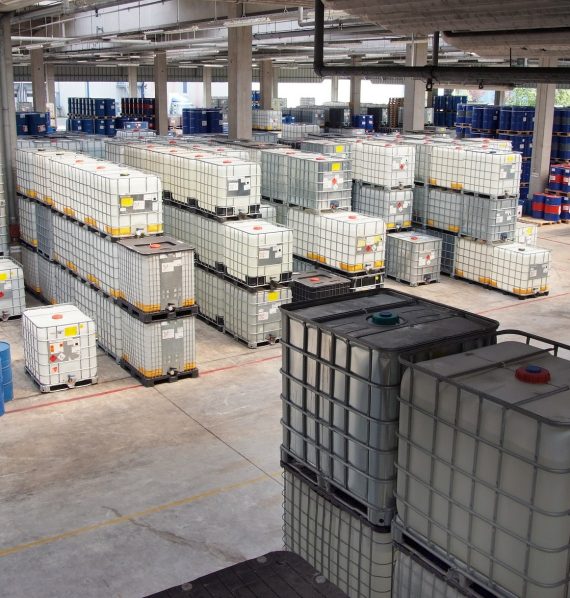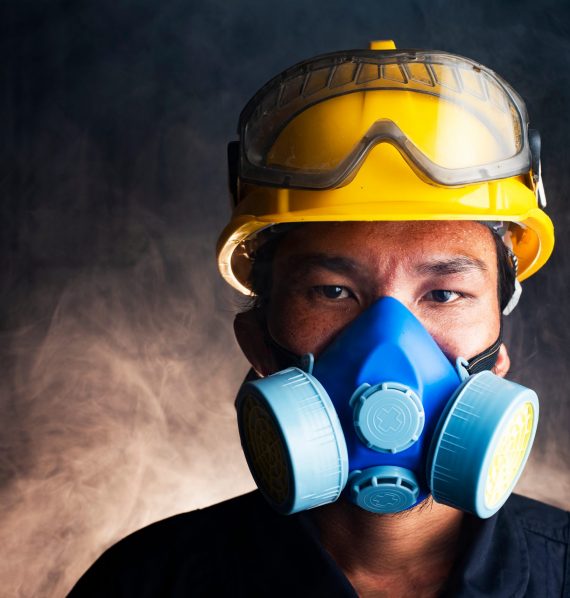Workplace Air Monitoring
A Workplace Air Monitoring assessment investigates the personal exposure to hazardous substances in the occupational setting. These typically include exposure to chemical substances (dusts, mists, fumes, gases and vapours).
Air Monitoring
A workplace air monitoring survey aims to evaluate the personal exposure to hazardous substances.
30.7 million working days a year are lost due to work-related ill health and non-fatal workplace industries. It is estimated that 12,000 per year die of lung disease related workplace exposure.
COSHH – Control of Substances Hazardous to Health 2002
When is monitoring required?
Exposure monitoring must be conducted when the risk assessment indicates it is a necessity to –
- Maintain adequate control of the exposure to a hazardous substance; or
- Protect the Health of employees.
How often is monitoring required?
The monitoring should take place –
- At regular intervals; and
- When any change occurs which may affect the exposure to the individual.
Types of Hazardous Substances
- Dusts (e.g. wood dust, flour dust, respirable crystalline silica, diesel particulate etc.)
- Fumes (e.g. welding metals, other metals, rosin solder etc.)
- Fibres (e.g. man-made mineral fibre [MMMF] etc.)
- Vapours (e.g. solvents, isocyanates etc.)
- Mists (e.g. acid and caustic mists from pickling and plating tanks etc.)
- Gases (e.g. carbon dioxide, NOX, SOX etc.)
- Microbiological (e.g. moulds, Laboratory Animal Allergins, subtilisins etc.)


5 Objectives of a Survey
The survey aims to determine the sources of contamination generation, the routes of exposure (inhalation, dermal, ingestion) and the potential toxicological effects for the identified hazardous substances.
Through observation and collection of data for tasks and process within the workplace, the survey aims to identify the activities which increase exposure.
Qualitative and quantitative information helps determine the effectiveness of current measures used to prevent or control exposure.
Evaluation of the risks, whether real or potential for exposure to hazardous substances.
The report will make recommendations having regard to current regulations and best practices.
What Workplace Air Monitoring involves
A ‘walk through’ survey allows us to identify the areas, processes, tasks and equipment that need to be studied in more detail.
Time in the work area gives context to the results through identifying the tasks responsible for increasing exposure and through evaluating the efficacy of control measures.
Photoionisation detectors (PIDs), dust monitors and gas monitors provide instantaneous results to quantify the contaminate escaping a control device or entering an operator’s breathing zone.
The employee would wear sampling equipment within the breathing zone to measure personal exposure. Background measurements determine if a contaminant escapes a control device and migrates into the workplace atmosphere.
Clear and concise tables of recorded personal and background monitoring data, along with direct reading instrument concentrations. The personal exposures are compared against relevant occupational exposure limits.
A detailed report including full description of work processes, discussion of results in conjunction with relevant legislation (COSHH, EH40 etc.), conclusions and meaningful recommendations.


Trust us with your Monitoring
- Experts in exposure monitoring and COSHH reguations
- Over 100 years technical and practical experience
- Professional, Reliable and Honest
- UK wide coverage
